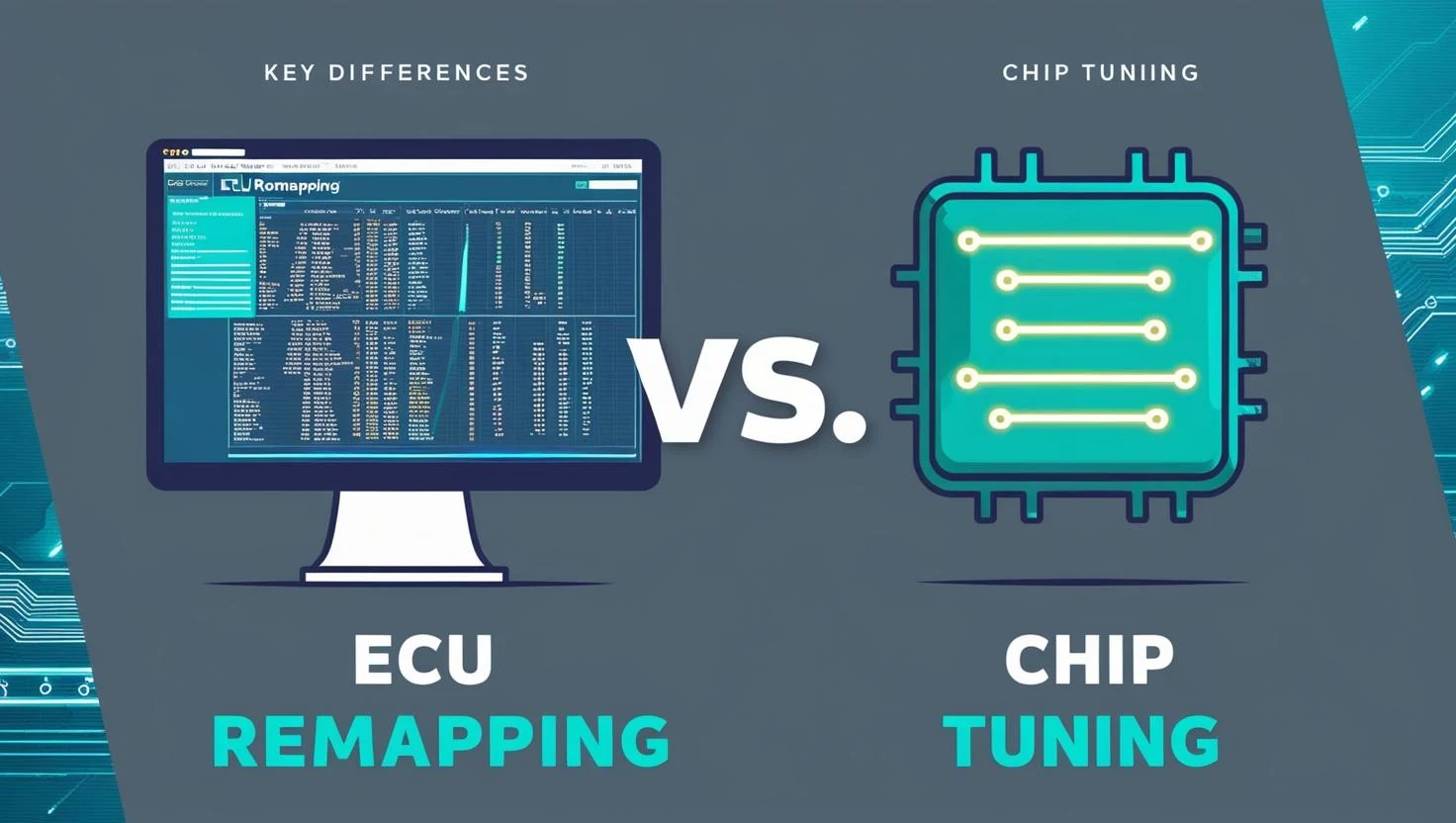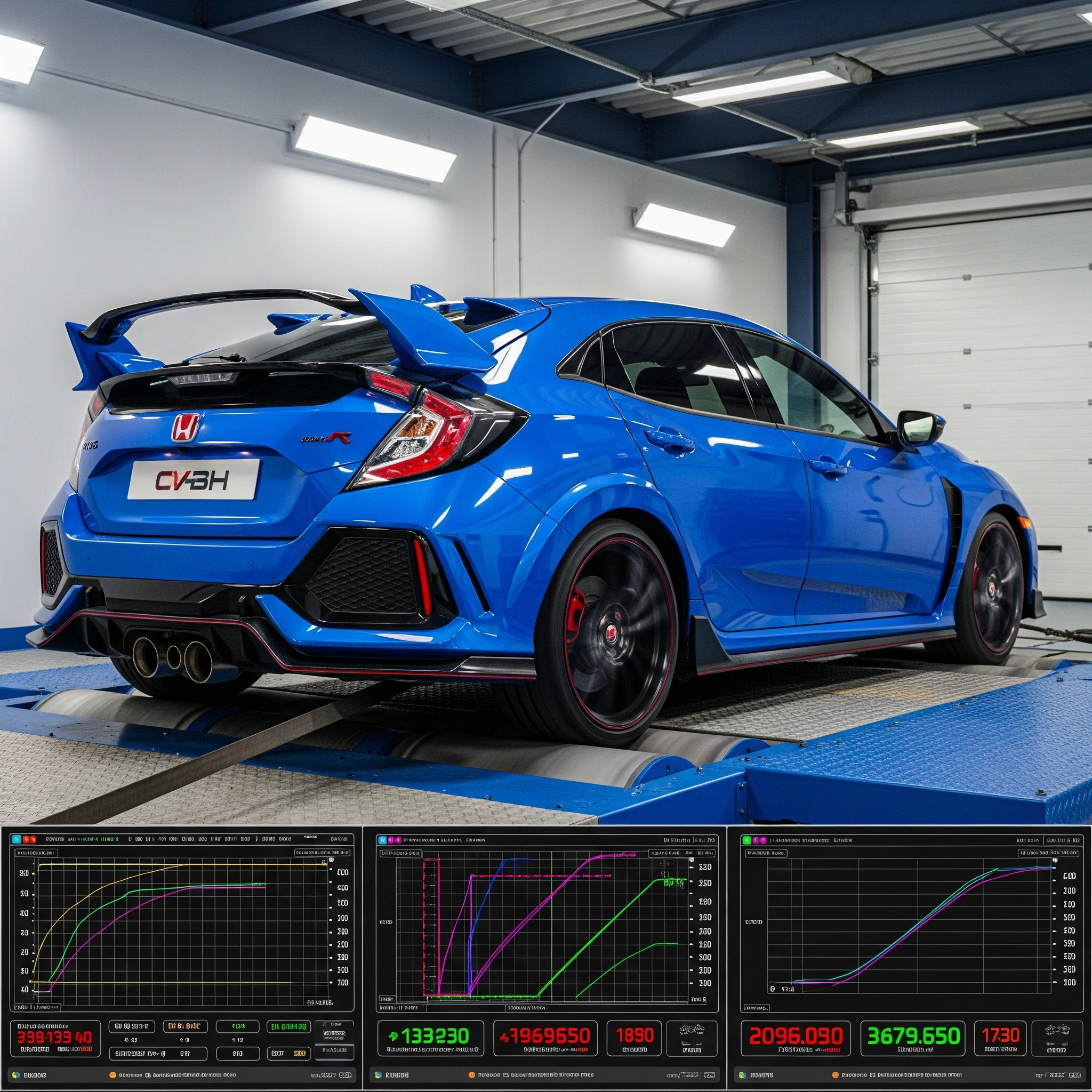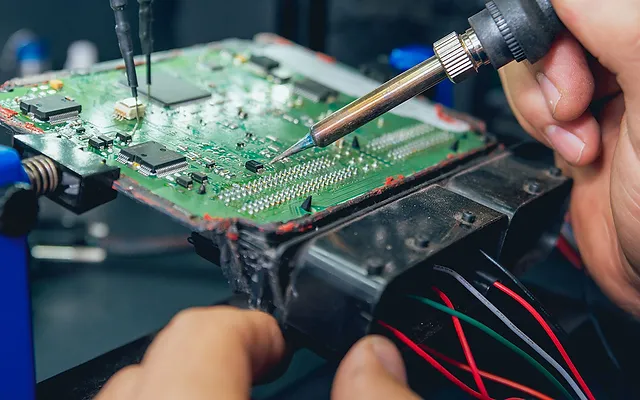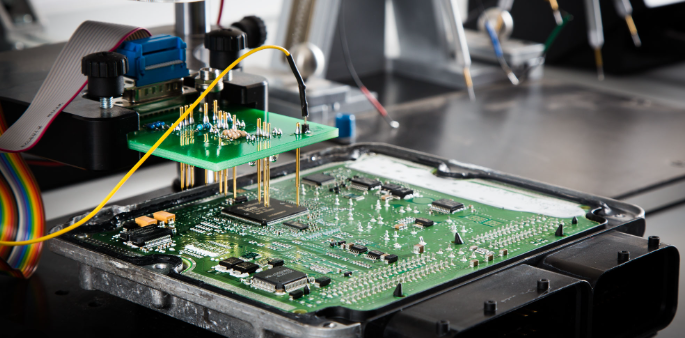ECU Remapping vs. Chip Tuning: What’s the Difference?
When it comes to enhancing a vehicle’s performance and unlocking its true potential, ECU remapping and chip tuning stand out as popular options among automotive enthusiasts. Both methods aim to optimize the engine’s performance by modifying the Electronic Control Unit (ECU), but they differ in their approach and level of complexity. In this comprehensive blog, we will explore the differences between ECU remapping and chip tuning, shedding light on their respective processes, benefits, and potential drawbacks. By understanding the distinctions between these two techniques, you can make an informed decision on how best to unleash the power of your vehicle.
1. Understanding ECU Remapping
ECU remapping, also known as engine remapping or software tuning, involves modifying the factory settings of the vehicle’s ECU to improve performance. The ECU is the central brain of a vehicle, controlling various engine parameters, including fuel delivery, ignition timing, air-to-fuel ratios, and turbocharger boost pressure. During remapping, the software within the ECU is modified or reprogrammed to optimize these parameters for better performance, improved fuel efficiency, and enhanced drivability.
2. The Process of ECU Remapping
ECU remapping is a complex process that requires specialized equipment and software. Professional tuners use dedicated ECU programming tools to access the ECU’s data and make the necessary adjustments. This can be done either by directly connecting to the ECU’s programming port or by removing the ECU and flashing it with the new software.
3. Benefits of ECU Remapping
ECU remapping offers several benefits, including:
a. Increased Power and Torque: By adjusting fuel delivery and ignition timing, ECU remapping can unleash more power and torque from the engine.
b. Improved Fuel Efficiency: Fine-tuning the air-to-fuel ratios and other parameters can lead to better fuel economy, despite the increased performance.
c. Enhanced Drivability: ECU remapping ensures a smoother and more responsive driving experience, with improved throttle response and reduced turbo lag.
d. Customization: ECU remapping allows for customization, tailoring the engine’s performance to the driver’s preferences and specific vehicle modifications.
e. Reversible: In many cases, ECU remapping is reversible, allowing the vehicle to be restored to its original factory settings if needed.
4. Understanding Chip Tuning
Chip tuning, also known as chip tuning or performance tuning, involves physically replacing the vehicle’s original engine control chip with a custom-tailored chip. This chip contains optimized software that alters the ECU’s parameters for improved performance. In some cases, the custom chip is simply an external module that connects to the ECU and modifies the signals sent to the engine components.
5. The Process of Chip Tuning
Chip tuning requires the physical replacement of the original ECU chip with the custom chip. This can be a more involved process compared to ECU remapping, as it requires accessing and removing the ECU from the vehicle’s engine bay. The custom chip is then installed in place of the original chip, and the ECU is reinstalled.
6. Benefits of Chip Tuning
Chip tuning offers several benefits, including:
a. Increased Power and Torque: Chip tuning can deliver significant power gains by optimizing the engine’s performance parameters.
b. Simple Installation: In some cases, chip tuning involves a simple plug-and-play installation, making it accessible to DIY enthusiasts.
c. No Need for External Programming Tools: Unlike ECU remapping, chip tuning does not require specialized programming tools for the ECU.
d. Performance Modules: Some chip tuning solutions come in the form of external performance modules that can be easily added or removed from the vehicle.
e. Standalone Operation: Some chip tuning modules operate independently from the vehicle’s ECU, making them a more straightforward solution for certain vehicles.
7. The Difference in Complexity
The primary difference between ECU remapping and chip tuning lies in their complexity and method of implementation. ECU remapping involves modifying the existing software within the ECU, requiring specialized programming tools and expertise. On the other hand, chip tuning involves physically replacing the vehicle’s original ECU chip with a custom chip or using an external performance module that modifies the signals sent to the engine.
8. Customization and Flexibility
ECU remapping offers a higher level of customization and flexibility compared to chip tuning. With remapping, tuners can fine-tune engine parameters to suit specific vehicle setups, modifications, and driving preferences. In contrast, chip tuning may have a predetermined set of performance parameters, limiting the level of customization.
9. Reversibility
One of the significant advantages of ECU remapping is its potential reversibility. In many cases, professional tuners can create a backup of the original ECU software before remapping. If needed, the vehicle can be restored to its factory settings, undoing the changes made during the remapping process. Chip tuning, however, may not always offer the same level of reversibility, as physically replacing the ECU chip can be more challenging to reverse.
10. Legal and Warranty Implications
Both ECU remapping and chip tuning can have implications for vehicle warranties and road legality, depending on the region and local regulations. Modifying the ECU software or physically tampering with the original ECU chip may void the vehicle’s warranty and could lead to legal issues if not compliant with local emission standards and regulations. It’s essential to research the legal implications and warranty coverage before proceeding with either method.
11. Professional Tuning vs. DIY Solutions
ECU remapping is typically a task best left to professional tuners due to its complexity and the potential risks of improper calibration. Professional tuners have the expertise, experience, and specialized tools to ensure optimal results and engine safety. Chip tuning, on the other hand, may offer more accessible DIY solutions with plug-and-play performance modules. However, DIY enthusiasts should exercise caution and ensure they understand the process and compatibility with their specific vehicle.
12. Hybrid Solutions
In some cases, tuners may offer hybrid solutions that combine elements of ECU remapping and chip tuning. For example, some performance modules are designed to work in conjunction with ECU remapping, providing additional tuning options or piggybacking on the existing ECU’s signals. These hybrid solutions aim to offer the best of both worlds, providing some level of customization without the complexity of a full ECU remap.
Conclusion
ECU remapping and chip tuning are two distinct methods used to enhance a vehicle’s performance by optimizing the engine’s control parameters. ECU remapping involves modifying the existing ECU software, offering higher levels of customization and flexibility. Chip tuning, on the other hand, involves physically replacing the vehicle’s original ECU chip with a custom-tailored chip or using an external performance module. While both methods can deliver impressive performance gains, it is essential to consider the complexity, reversibility, legal implications, and warranty coverage when deciding which approach is best suited for your vehicle and driving preferences. Whether you opt for professional ECU remapping or a plug-and-play chip tuning module, proper tuning is essential to ensure the safety and reliability of your vehicle’s engine while unlocking its true potential on the road.
Relative Blog
Related Courses
- Webinar
- Includes Certificate
- Webinar
- Includes Certificate
- Webinar
- Includes Certificate







